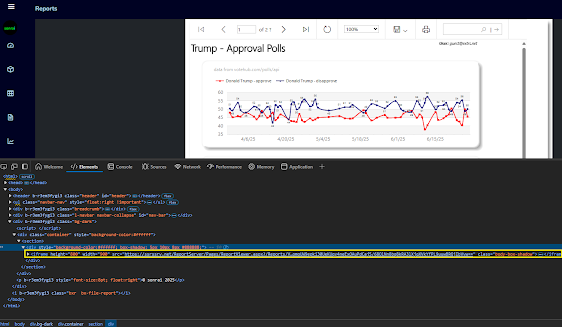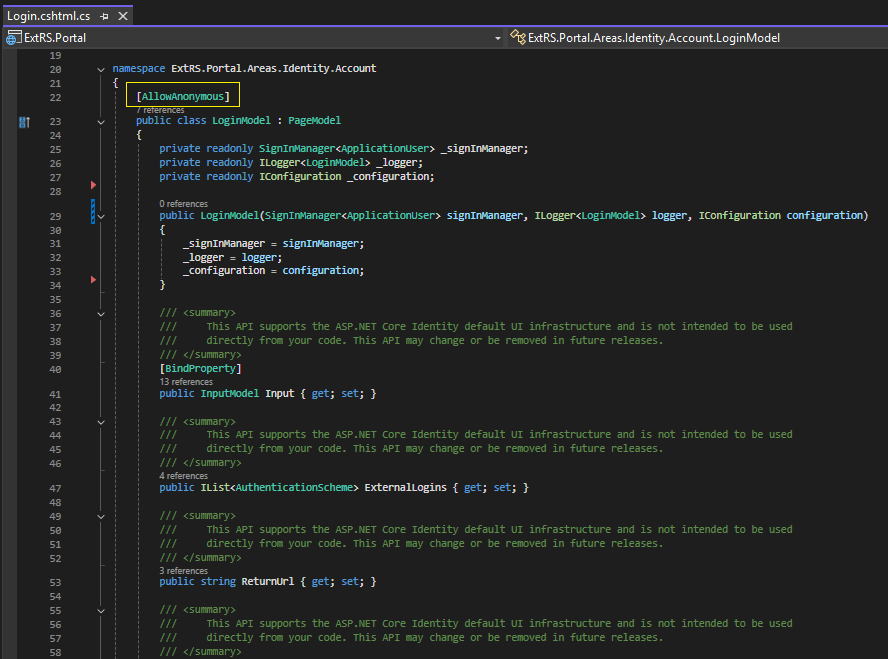I believe that a large part of the reason that the vast majority of software projects end up over budget and finish well past schedule is that all too often, both developers and product/project managers use minimizing language for things that turn out to not be anywhere near as minimal or as straightforward and simple as minimizing language makes them sound.
Focus on keeping the main thing the main thing
When discussing software development, especially when discussing the estimation of time required to complete work items, whenever you speak or hear a statement that contains the phrases, "it's just", "it's only", "it's simple", ''that's just boilerplate", "it's already baked in", "that's just [insert a design pattern while completely omitting the context, data structures and design logic the pattern will be applied to]", or in the Year of our Lord 2025: "ChatGPT will answer that"- run.
Run for the hills and do not return. I'm kidding. But do be very alert to phrases like these because they indicate a potential significant piece of your project that is being glossed over because someone has thought about it abstractly, but not in concrete (code implementation) terms.
This can be developers who are either over-confident and/or feel pressured to give low estimates so that the project schedule does not seem imperiled.
This can be managers who just haven't stepped into the code or discussed the logic enough with the developers to understand the complexity behind a series of words that describe a conceptual software design.
Under-promise and always account for unknowns which will lead to unforeseen roadblocks, detours and changes. If all goes according to plan (and it never does), you over-deliver on your over-estimates. If not, you have may have given yourself enough buffer to still meet the planned schedule and will have successfully accounted for the inevitable unknown.
If you are already on a schedule that is unrealistic and bound to not be met by the deadline, then all you can do is change scope (cut or delay features). If you insist on keeping all the planned features, and have the luxury of time, then you can only increase the time (lengthen the delivery schedule to a future date).
You can certainty try to keep the same calendar date for a release deadline and "just" throw more developers and managers at the project, hoping they can all work round the clock and in parallel to increase productivity, but this never works. Domain knowledge and a cadence of solid productivity and cooperation across teams takes a significant period of time for new hires to learn.
As a quote attributed to Warren Buffet says, "You can't produce a baby in one month by getting nine women pregnant."

And I repeat: Focus on keeping the main thing the main thing
When designing and project planning any significantly complex piece of software, all parties involved (the "stakeholders") must understand that a software project is not fixed- project schedules, planned features, and the human resources to implement the features are going to change.
Many thought that the move from top-heavy waterfall/SDLC-based approaches to Agile would solve this problem. But unfortunately, when Agile refuses to actually be "agile", the waterfall becomes an unnavigable white water rapid stream that is only slightly more conducive to building great things within a certain scheduled space of business time.
And in general, God bless a true Agile craftsmanship approach and all the time-tested statistical process control concepts it is based upon, but our software industry's hyper-reliance on "estimating" and "measuring" things that can unexpectedly and rapidly evolve (and oftentimes measuring the wrong things) does not jive with realistic long-term software planning objectives and almost to a "hyper-time-boxed project"- leads to the worst of all outcomes in the software business: mismanaged (or specifically "missed") expectations. Managment of expectations is everything.
Deliver the most critical parts of a customer's needs first and deliver them as a flawless piece of beautiful software. Working software- especially the end-to-end functioning of your application's most critical workflow- is paramount; everything else should follow from that and never get in its way.
You can iterate, make changes and add features later on.
Focus on outcomes over processes; lest you sink into the bog of minimizing language metastasized into maximally time-consuming (sometimes completely unnecessary) work items. And a project that seems to never get delivered or is (worse, because first impressions are everything...) delivered rife with show-stopping bugs.















































